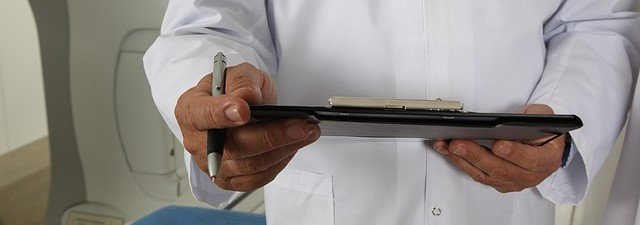The profile of the typical facelift patient is changing. More and more younger women—those in their mid- to late-thirties and early-forties—are opting for the plastic surgery instead of injectable fillers and other noninvasive techniques.
The average age of the facelift patient has dropped from the early fifties to the mid-forties, and the pool of patients in their thirties has grown by about 50% over the last two decades.
The natural question is: Why? Industry insiders believe a lot of it has to do with the growing acceptance of plastic surgery. When Botox was introduced in 2002, it was widely thought to be the beginning of the end for the facelift. But, just the opposite happened. Facelifts increased over the ensuing years.
Botox and other facial fillers became a more accessible entry point for women (and men) who were curious about cosmetic surgery but concerned about the stigma or the cost. The more comfortable they (and the rest of society) became, the less intimidating a facelift was.
Millennials seem to be responsible for the latest evolution of the trend. They’re forgoing noninvasive treatments in favor of long-lasting or permanent procedures because they’re thought to be a more efficient use of their time.
There are also a growing number of plastic surgeons who are recommending facelifts when aging issues are still relatively minor, particularly for patients who are still concerned with being discreet about their cosmetic enhancements. The reason being that a facelift in your thirties and forties will be less extensive than it would be in your fifties and sixties.
And, while the aging process never stops, future treatments are likely to be less invasive with earlier intervention.

These aren’t not your mother’s facelifts
Regardless of the impetus, the reality is that today’s facelift is not your mother’s facelift. Not so long ago, surgeons used to simply lift the skin and stretch it taught. The effect didn’t last very long, so many doctors would overtighten the skin in an effort to overcompensate. The result was that expressionless look that became synonymous with the facelift and, really, all of plastic surgery for a while.
Doctors now have a better understanding of the underlying bone structure and musculature, which enables them restore volume deficiencies and tighten muscles that have relaxed, along with the skin, all with much smaller incisions. The result is subtler and far more natural-looking, as well as longer-lasting.
Exciting days for facial rejuvenation
The reality is, your age may have little to do with the appearance of your face. By luck of the genetic draw, some have a droopy jowls and sagging cheeks in their twenties. So, react to the person you see in the mirror, not your perception of what someone your age should look like.
If you decide a change is something you want, talk with a board-certified plastic surgeon. In most cases, slight-tightening treatments like Thermage or Ultherapy may be enough to achieve the desired effect. It’ll just require a little patience. If you prefer a faster-acting approach, look into facial fillers and lasers before leaping to a facelift.
These are exciting times for noninvasive cosmetic surgery, with so many options available. And, while none are a substitute for a facelift, each is capable of a significant rejuvenation.


